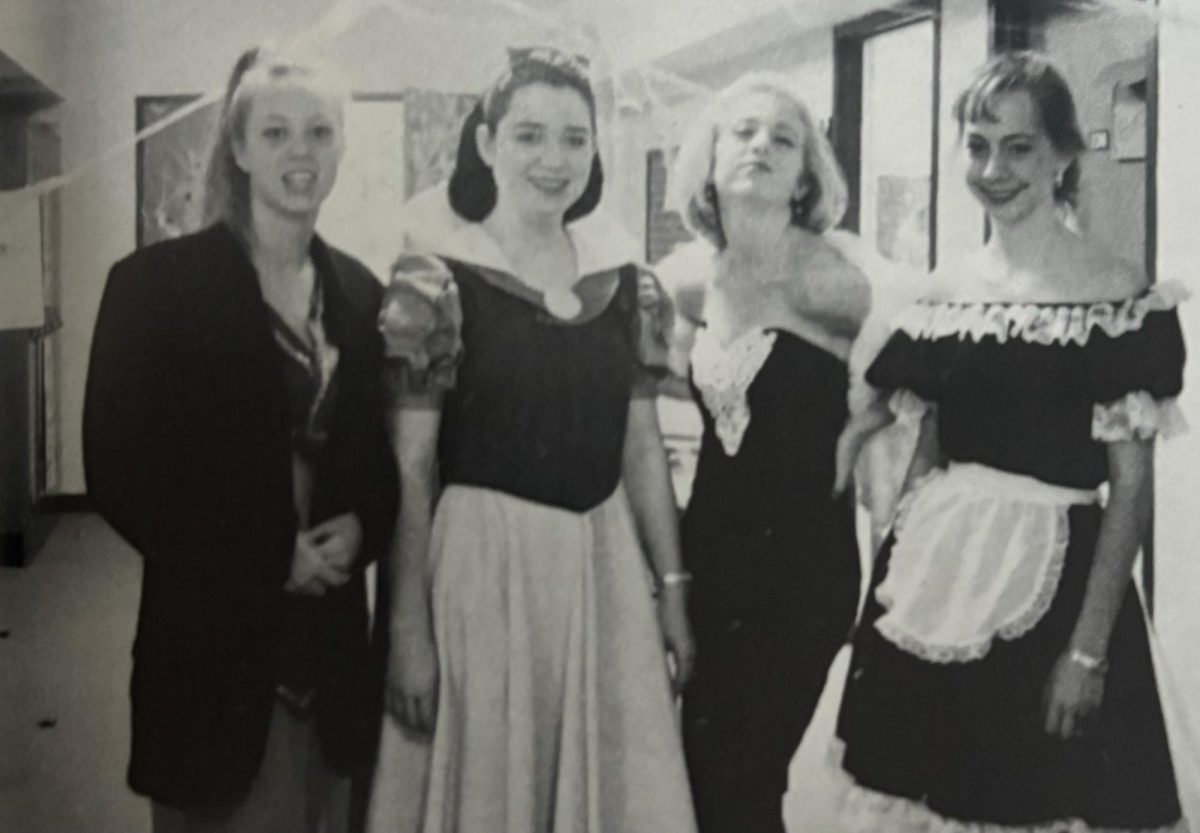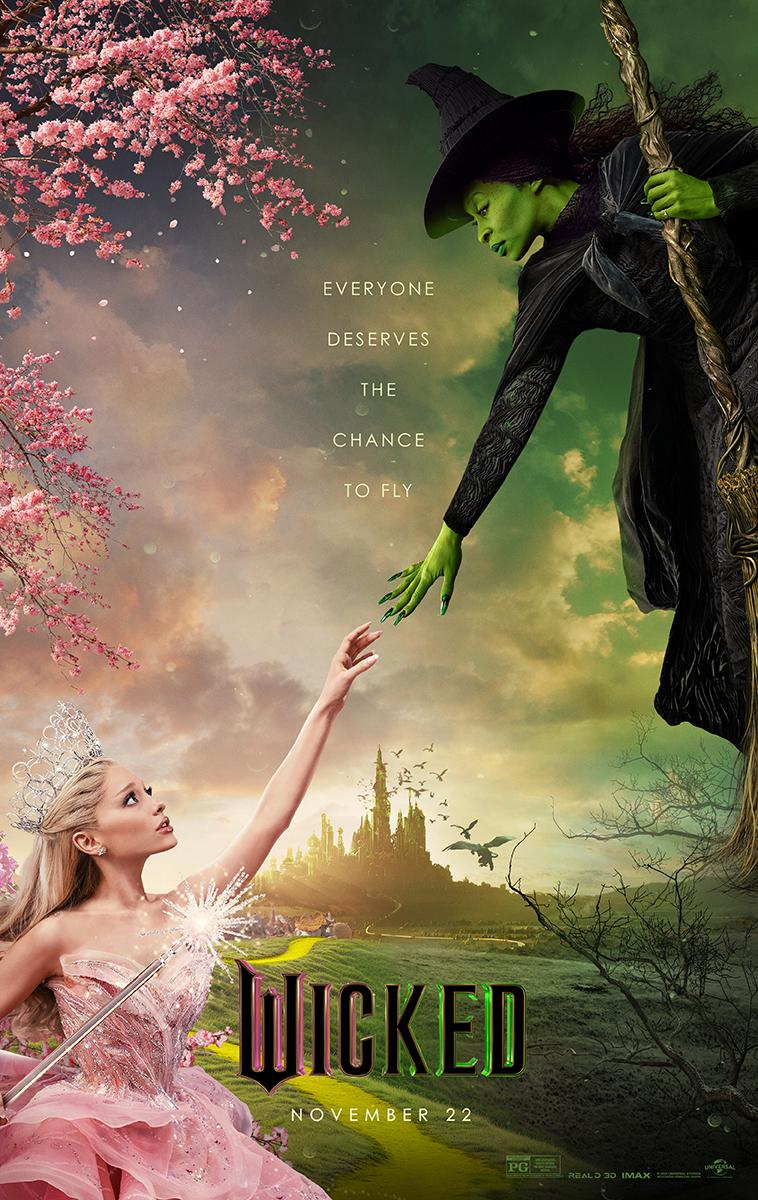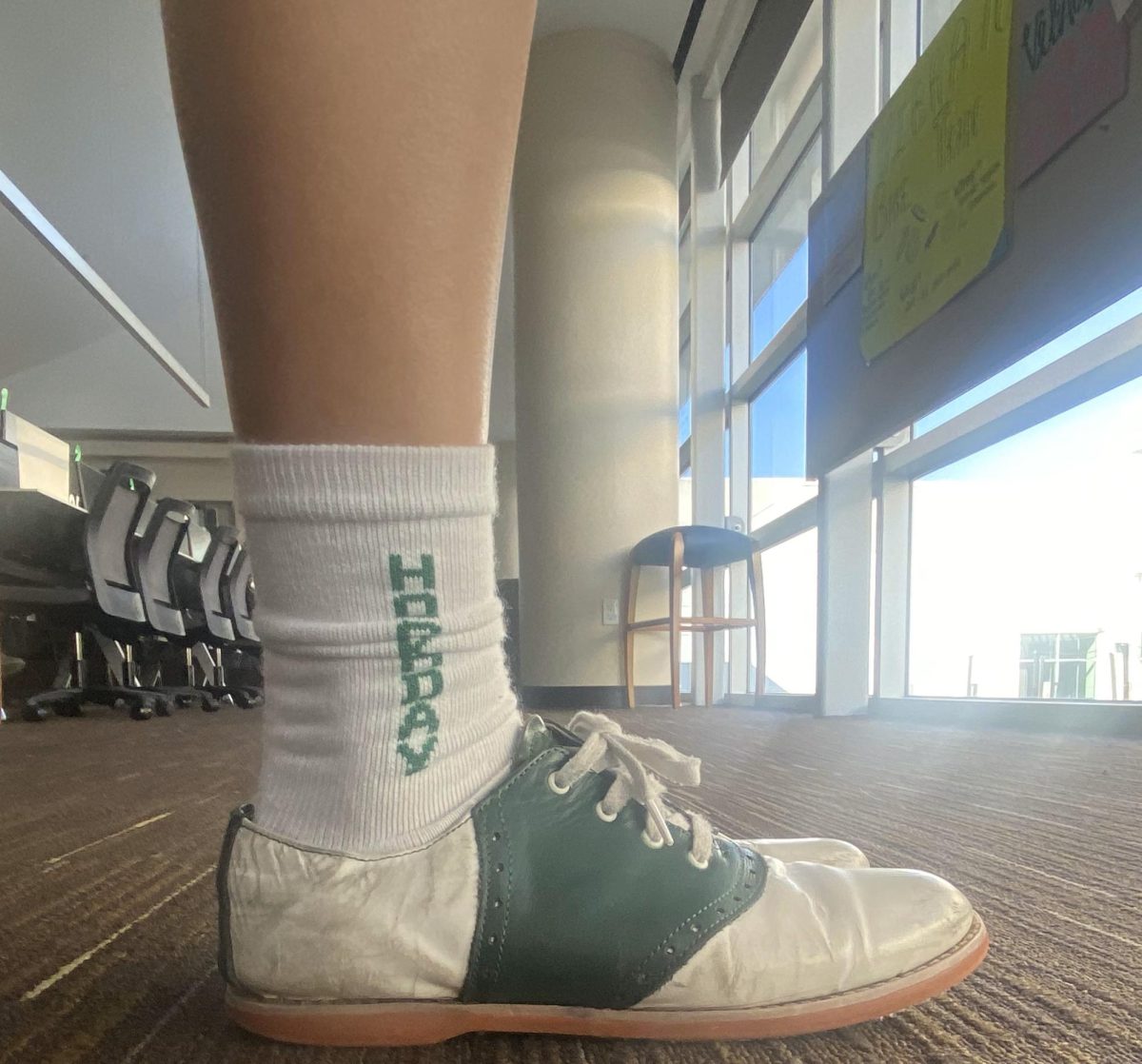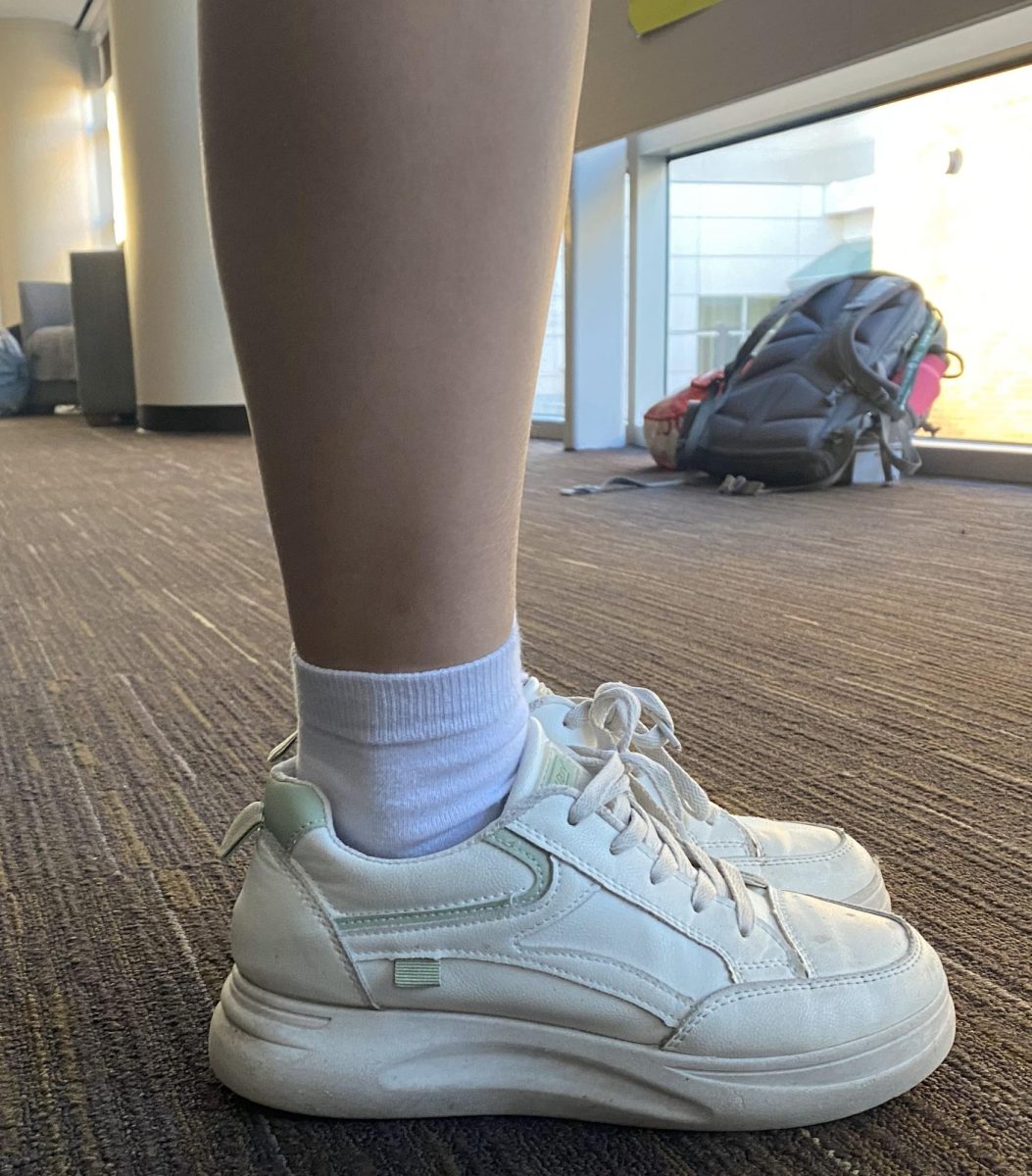History teachers Steve Kramer and Lucio Benedetto explain their philosophies on research notecards

Steve Kramer
It was 1966. The Bobby Fuller Four was on the radio singing “I Fought the Law and the Law Won.” I heard it constantly as I was in the basement working on my junior research paper on the World War II bombing raid at Ploesti (I was a child of the John Wayne World War II era). Fast forward to the late 1990s when I started on my current research project about an African American reformer of the late 19th and early 20th century, Victoria Earle Matthews. What these writing projects have in common is hand-written notecards.
What I (and many others) learned in 1966 about taking notes has worked well for me in the ensuing years, and it is what the Hockaday History Department has taught numerous students. Some Hockaday graduates even note (sorry, bad pun) that they continue using note cards on their college writing projects. My belief is that taking notes by hand forces students to think about what is important to write down. If electronic note cards were used, students would record their information by typing, which is not a problem, but, as students are wont to do, they would also simply copy and paste from Internet sources. In other words, as you are writing the notes, you are editing and evaluating what is important. When you place a heading on each card, you are beginning to outline and organize your paper. To me, there is a more intimate connection between the hand, arm and brain when you are writing than when you are typing or pasting an d copying; that intimate connection allows you to be more thoughtful. The History Department tried electronic notecards in the past, but we found that students, as mentioned earlier, simply cut and pasted from Internet sources, frequently without much thought. And, of course, with the hand-written cards, you could spread them out when you began writing and easily rearrange them to provide flexibility in writing. Instead of a computer categorizing them for you, you did the organizing.
Today, when I am working on the Victoria Matthews research, the radio doesn’t blare, but my DVD player does with Celtic music, Kathy Matter or even Taylor Swift. Or perhaps, if I have my school computer at home, music I have purchased for “My Music.” The music has changed as has the music delivery system, but the notecards are hand-written, me-organized and still reliable. And every time I hear “I Fought the Law” on an oldies station, I think about my first research paper.
Lucio Benedetto
Traditionally, students writing the Junior Research Paper (JRP) have been required to use index cards to organize their bibliographic sources and notes.
Although the use of note cards has been effective, the advent of personal computers, rapidly expanding access to scholarly resources on the Web, and advances in research software have made the note-card method seem antiquated.
Some may protest that abandoning note cards signals yet another surrender of the traditions of the humanities to the tech geeks, but the note card is also a form of technology.
Today’s students, armed with internet-connected laptops, are tasked with creating unwieldy stacks of hand-written note cards when they have access to a variety of software that can more efficiently and effectively organize their research. Why, then, should our students be required to take notes like monks in medieval scriptoria?
One argument is that hand-written notes increase retention and understanding, that using modern technology will “introduce forgetfulness into the soul” and that students “will imagine that they have come to know much while for the most part they will know nothing.”
But wait, that’s not a contemporary critic–the speaker is Socrates in Plato’s Phaedrus (c. 370 B.C.E.)–condemning his students’ use of writing.
Historically, new information technologies have been greeted with anxiety. And yet, if one of the goals of the JRP is to teach our students skills they will need in the future, then teaching them how to use those new research technologies that are part of their future should be integral to that process.








